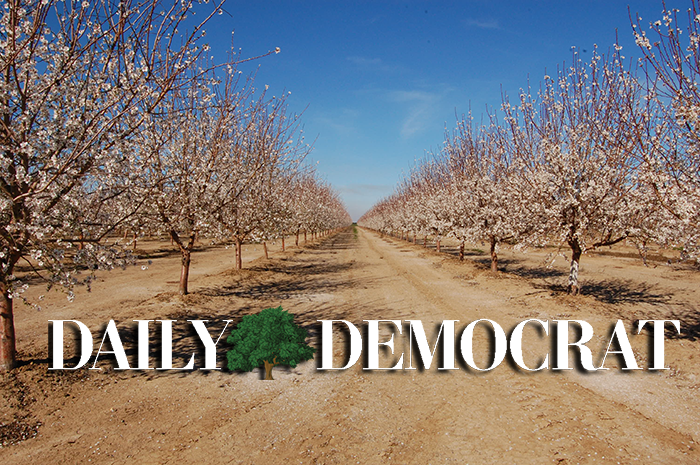As temperatures drop and heating systems activate, many indoor plants face challenges that can lead to distress and decline. Plant lovers often notice their ferns, palms, and monstera struggling by mid-October, prompting concern for their wellbeing. Plant expert Ollie Burgess explains that these issues stem from environmental changes triggered by heating systems.
Houseplants are sensitive to their surroundings, and sudden shifts can create a stressful microclimate. “People often blame themselves for being ‘bad plant parents,’ but the truth is, most plants react to sudden environmental changes,” Burgess notes. He emphasizes that heating can dry the air, lead to fluctuating temperatures, and introduce drafts, which all contribute to plant stress.
Understanding Environmental Changes
As radiators turn on, three significant changes occur that affect indoor plants. First, humidity levels drop significantly. Warm air can hold more moisture, but heating a room without additional humidity leads to lower relative humidity, often dropping below 30%. Many houseplants, particularly tropical varieties, thrive in humidity levels above 40%.
Burgess points out that brown tips on leaves are a common indicator that plants are struggling with dry air. “Low humidity can cause leaves to curl or wilt,” he explains. Adam Knight, Lead Engineer at home heating company BOXT, adds, “Central heating dries the air faster than many realize. Balancing temperature and humidity can help both your plants and your home feel healthier.”
Plant placement also plays a crucial role. Those near windows may experience cold drafts at night and warm air during the day, which can stress both leaves and roots. “If your monstera is browning or your fern is curling, that’s a red flag that the air is too dry for you as well,” Burgess warns.
Optimizing Plant Care During Heating Season
Adjusting the placement of houseplants can significantly enhance their wellbeing. Radiators and heating vents can harm delicate foliage if plants are positioned too close. A simple guideline is to keep plants at least 50cm to 1m away from heat sources. Grouping plants together can create a more humid micro-environment, and placing a dish of water with stones beneath a plant container can further aid humidity levels.
Maintaining a stable environment is essential for plant survival during the heating season. Burgess highlights that fluctuating temperatures can lead to browning leaves and drooping. “The biggest mistake I see is running the heating on a high, fluctuating schedule,” he states. He suggests keeping temperature variations within 3-4°C, ideally around 21°C when active and no lower than 17-18°C at night or when the house is empty.
Closed windows and doors can trap moisture from cooking and bathing, leading to increased indoor humidity. Knight recommends ventilating daily and using a hygrometer to monitor humidity levels, which can be found online for as little as £3. Ideal humidity levels during winter should range from 45% to 50%.
Winter can alter the behavior of soil, making it dry more slowly. Burgess advises checking moisture levels by feeling the soil before watering to avoid overwatering, which can lead to root rot. Ensuring even light exposure by rotating plants during watering is also beneficial.
For those seeking low-maintenance options, Burgess recommends hardier varieties. Snake Plant, ZZ Plant, Spider Plant, and Pothos are excellent choices that thrive in dry, heated air. Kitchens and bathrooms can better support moisture-loving plants, while living rooms with fewer drafts are ideal for succulents and snake plants.
Plants not only enhance indoor aesthetics but also contribute to a healthier living environment. They can increase humidity through transpiration, alleviating dry skin and irritated eyes caused by heated air. Burgess remarks, “Think of your plants as housemates. They need stable conditions to be happy—just like we do.”
By implementing these straightforward adjustments, individuals can ensure their houseplants thrive during the winter months. With careful attention to placement and environmental stability, maintaining healthy plants does not have to be a struggle.







